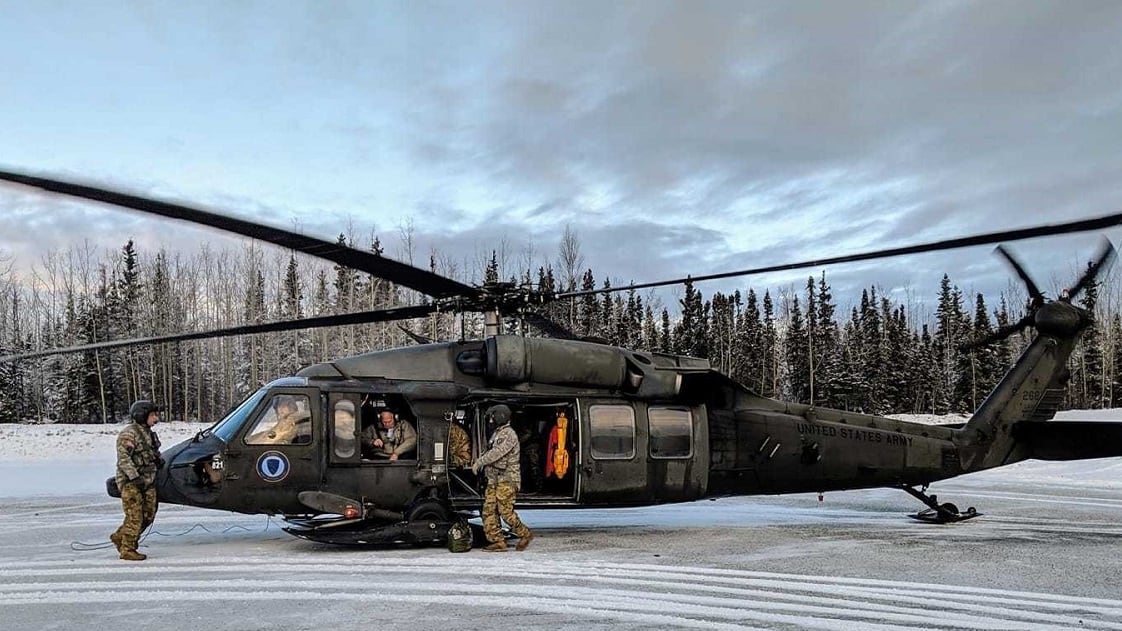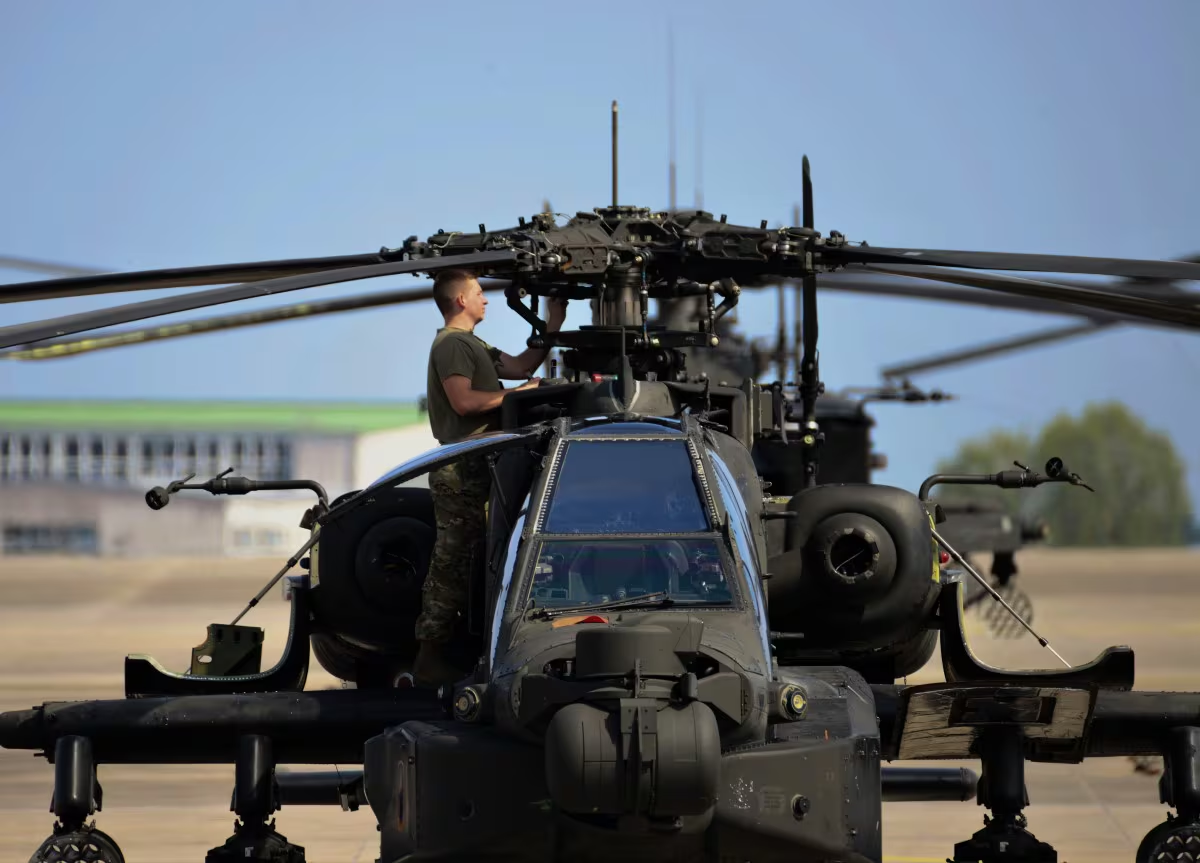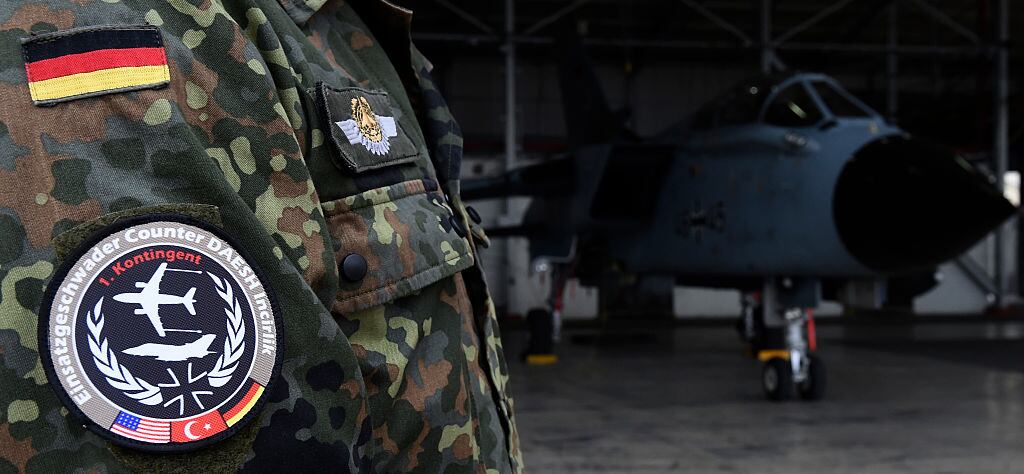The Trump administration’s two-year defense budget for fiscal years 2018 and 2019 provided some $200 billion in higher funding. This increase came at a critical moment for the U.S. military, in general, and the Army, in particular. Of all the armed services, the Army was most in need of an infusion of resources to improve readiness, jump-start modernization and support the shift from a focus on counterinsurgency operations to preparations for great power competition.
Unfortunately, the future may not be as bright. President Donald Trump has suggested that he isn’t well-disposed to further defense budget hikes. In fact, he may even propose a flat defense budget, which would be a reduction in terms of real spending power. Further complicating the defense budget picture going forward are the midterm election results. The potential for a collision between the administration and the democratically controlled House over discretionary spending could result in a reimposition of budget caps and the threat of sequestration.
RELATED

The budgetary uncertainties going forward are particularly problematic for the Army. It has planned to devote the next several years to improving readiness and acquiring upgrades of existing capabilities while preparing to transition to the acquisition of a new generation of platforms and weapons in the mid-2020s. Flat or declining defense budgets beginning in the next few years would catch the Army in the midst of its modernization effort.
One area that would be particularly hard-hit if budgets tighten is Army aviation. The Army currently operates some 2,000 Black Hawk and Apache helicopters, both which are in the midst of major upgrade programs. The Army also is developing new aerial platforms through the Future Vertical Lift, or FVL, program. It hopes to acquire both a next-generation armed Scout helicopter, and a replacement for the Black Hawks and Apaches.

Even if the Army successfully develops its next-generation aircraft, it will be operating Black Hawks and Apaches for decades to come. The key to the continuing effectiveness of existing aerial platforms is a new engine. Since they were first introduced, both the Apache and Black Hawk have been gaining weight as new sensors, weapons and defensive capabilities are added. The result has been enormous strain on the engine and a reduction in mission capabilities.
In 2006, the Army began an effort with the aerospace industry to design and develop a new engine, the Improved Turbine Engine Program, to power both existing helicopters and the vehicles developed as part of the FVL program. An award is expected shortly to one of two companies vying for this program: General Electric and the Advanced Turbine Engine Company, or ATEC, a joint venture of Honeywell and Pratt & Whitney.
RELATED

The former is offering an improved version of the long-serving, single-spool engine, with only one turbine-compressor; the latter is proposing an innovative approach based on a dual-spool engine, with a two turbine-compressor system, each of which can be optimized for best performance.
The outcome of the competition may very well determine the fate of Army aviation. Without a new engine, the future of the Black Hawk and Apache will be increasingly constrained. This would be a challenge under any circumstances but particularly if defense spending declines, posing a threat to the FVL program. The Army needs to be cognizant of possible budgetary setbacks as it plans for the future of its aviation fleets.
The current Black Hawk/Apache engine, the T700, is a single-spool engine, which means it has one turbine-compressor core. So, the single-spool replacement proposed by GE is the familiar option. However, this technology has reached the point of diminishing returns with respect to the ability to adapt to new technologies.
The dual-spool approach proposed by ATEC provides both near- and farther-term advantages. A dual-spool system has two independent turbine-compressor assemblies, each of which can be separately “tuned.” In the near-term, it can achieve greater efficiencies than the single-spool design. The engine’s modular design allows for ease of maintenance and a reduced logistics footprint. Although this would be the first time such an engine was used in an Army helicopter, the ATEC partners have long incorporated the component technologies in jet aircraft engines and even the Army’s Abrams main battle tank.
Over the longer term, the dual-spool approach has greater growth potential. But because of its greater efficiency, there is no need to introduce new materials and components prematurely, allowing for a less risky approach to the long-term improvement of the engine.
The choice of a contractor to build the improved turbine engine will be made based on which competitor offers the best value. The challenge facing the Army is to acquire a new engine that will remain relevant, whatever security and fiscal situation confronts the country in the decades to come.
Daniel Gouré is a senior vice president with the Lexington Institute. He worked in the Pentagon during the administration of President George H.W. Bush, and he has taught at Johns Hopkins and Georgetown universities as well as the National War College.






